|
|
|  PDSH 803( @+ X6 {& M- } PDSH 803( @+ X6 {& M- }
9 }' V. T0 v X: ]* p: v& S$ t
| Interpretation of Clause H.17.1.4
6 V% B1 s* U$ K1 t, K, h | H.17.1.4
) M" m' Y" Q, G4 I% r; M | 60730-1(ed.4). j/ H: ^ s2 o* b1 \: [! G
|
' r+ C: \( J& I' @9 h y+ G3 l5 mQuestion 1: Clause H.17.1.4 states that no endurance test is carried out on ELECTRONIC CONTROLS with TYPE 1 ACTION unless this is necessary for the testing of associated components such as those with manual actions, relays etc. Does
) ?& w" v0 `4 y9 f& c$ }: i' Rthis requirement mean that:
5 Z7 i# z! |7 f) ^8 b1. If you have an electronic control with a relay and if the relay is either certified to an appropriate IEC standard or can be tested separately in accordance with the relevant requirements of the standard, an endurance test is not required to be' G& R0 X+ L( p4 T0 \; o
performed on the whole control?
# }( `0 e9 r6 XOR
( |- w( ]- r/ L% F2. We must conduct an endurance test on the whole control with the relay employed in the circuit?
8 |% |$ Y4 z& O# |* l6 K6 }Question 2: Can one interpret this requirement as “an endurance test is required on ELECTRONIC CONTROLS with TYPE 1 ACTION when the functions of integral switching elements or manual actions cannot be realized by independence of the control: r& o4 U3 B7 u5 [# L
and are dependent on the electronics or design of the control”?+ |0 K ~/ V: e0 h w# m% R
Decision:! i1 U0 ^* g8 |/ A( N3 b+ l; p
Question 1: Statement 1 applies, but with the following supplementary definition:) ]& n. `; y$ M3 y
The certification according to an appropriate IEC standard (CB Certificate) or the separate test of the relay according to an appropriate IEC standard must cover the ratings and conditions that occur in the specific application of the relay within the control.
5 s" M8 }" M; T! d5 V# y; HQuestion 2: The given interpretation is correct.
; E& o; k. S5 p& y i4 ]- y$ }, { F1 w6 C8 G* C/ M
V+ d3 _ Y9 _; f& C4 v- j1 j
8 N; `. r2 F; Y$ m$ u |
本帖子中包含更多资源
您需要 登录 才可以下载或查看,没有账号?注册安规
x
|



 窥视卡
窥视卡 雷达卡
雷达卡 发表于 2012-9-4 15:52
发表于 2012-9-4 15:52
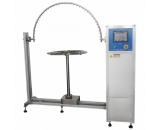



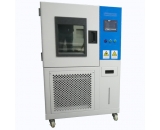

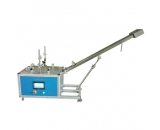








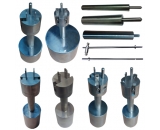
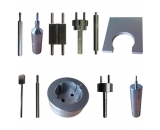
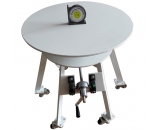
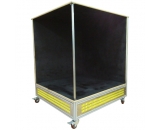

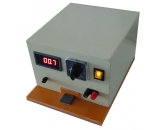
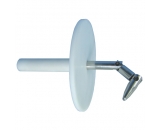

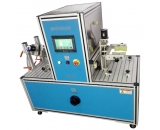
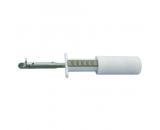
 提升卡
提升卡 置顶卡
置顶卡 沉默卡
沉默卡 喧嚣卡
喧嚣卡 变色卡
变色卡 抢沙发
抢沙发 千斤顶
千斤顶 显身卡
显身卡













